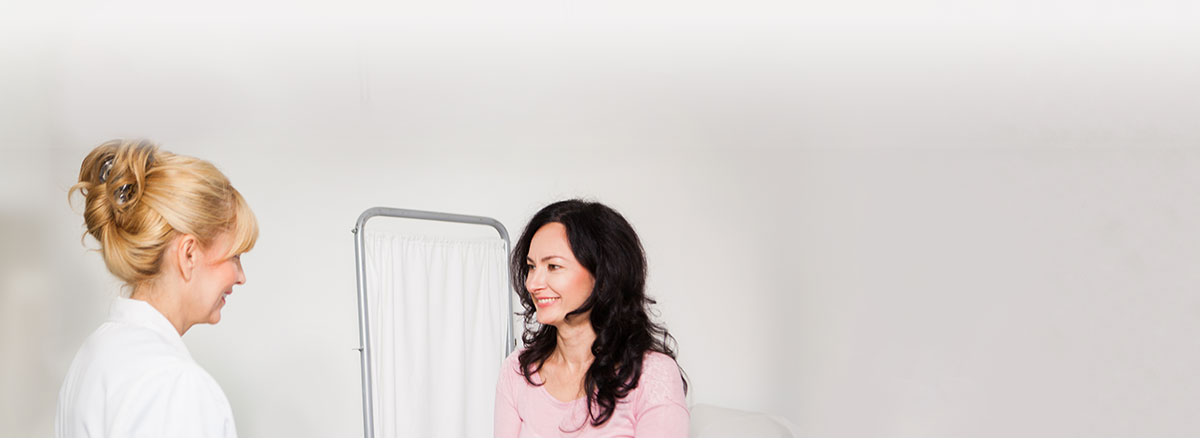Breast Biopsy
What Is a Breast Biopsy?
A Breast biopsy is a procedure in which a small sample of breast tissue containing suspicious breast growth is removed and examined in the laboratory for the presence of cancer.
Why Consider a Breast Biopsy?
It is indicated when abnormal findings are seen during
- Mammography, ultrasound or MRI scans
- Unusual changes are noticed in the nipple (dimpling skin, scaling or bloody discharge) or
- Breast tissue (thickening or lumps).
Types of Breast Biopsy
The procedure for conducting a breast biopsy depends on factors such as the size and location of the breast defect.
The types of breast biopsy procedures include:
- Fine-needle aspiration biopsy: Your doctor inserts a thin needle into the lump detected during a breast exam to draw a sample of fluid or cells. This is generally reserved for lymph nodes in the axilla these days.
- Core needle biopsy: Your doctor inserts a needle guided by ultrasound or MRI to remove a sample of breast lump detected during a breast exam, ultrasound or mammogram. Several, grain-sized samples of the tissue are removed.
- Stereotactic biopsy: A mammogram is used to identify the location of the suspicious areas within the breast. Your doctor makes a small incision and removes several samples of tissue through a needle or vacuum-powered probe.
- Ultrasound-guided core needle biopsy: This type of biopsy is done under the guidance of ultrasound. Your doctor locates the mass by holding the ultrasound device against your breast. A small incision is made and a needle is inserted to remove several samples of tissue.
- MRI-guided core needle biopsy: Your doctor makes a small incision into your breast under the guidance of MRI to insert a core needle for collecting samples of tissue.
- Surgical biopsy: Your doctor surgically removes a part or entire breast lump under intravenous or local anesthesia.
During a Breast Biopsy Procedure
The area of interest may be numbed to keep you comfortable and the sample collected.
The collected tissue is then forwarded to the pathologist for microscopic analysis.
The pathology report will tell if you have breast cancer or not if the lump is benign or cancerous and the type of breast cancer.
Based on the results, your doctor will discuss a suitable treatment plan to treat and manage breast cancer.









